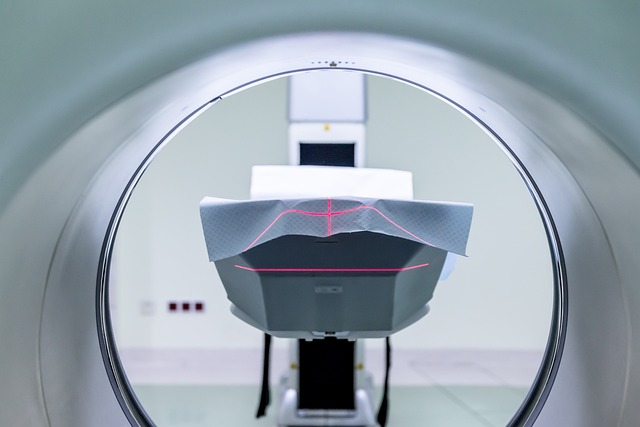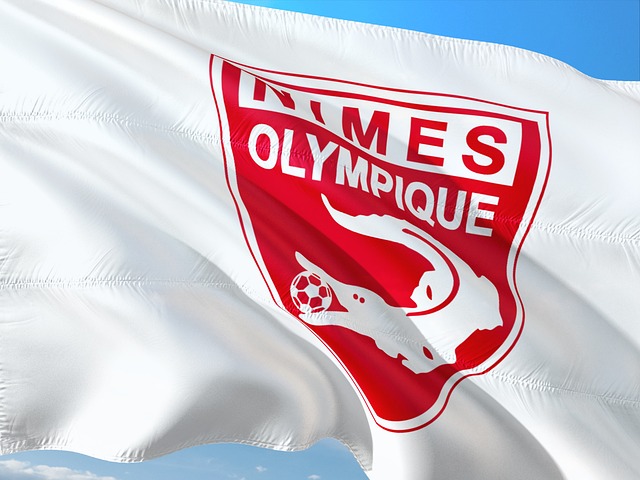
Thoracic Injury Associated With Paradoxical Movement
Understanding Thoracic Injury and Paradoxical Movement
Thoracic injuries, particularly those resulting in paradoxical movement, represent a significant concern in the field of trauma medicine. Paradoxical movement occurs when a segment of the chest wall moves in the opposite direction to the rest of the thoracic cavity during respiration. This condition is most commonly associated with flail chest, a serious injury that can have profound implications for respiratory function and overall patient outcomes.
What is Flail Chest?
Flail chest is characterized by the presence of multiple rib fractures that result in a segment of the chest wall becoming detached from the rest of the thoracic structure. This detachment leads to the paradoxical motion of the affected segment, where it moves inward during inhalation and outward during exhalation, contrary to the normal mechanics of breathing. Such abnormal movement can severely compromise respiratory efficiency and is often accompanied by significant pain and respiratory distress.
Causes of Flail Chest
The most prevalent cause of flail chest injuries is trauma from vehicle collisions, accounting for approximately 76% of cases. Other causes include falls, sports injuries, and blunt force trauma. In pediatric populations, flail chest injuries may arise from common blunt force traumas or underlying metabolic bone diseases, such as osteogenesis imperfecta, which predispose individuals to fractures.
Pathophysiology of Paradoxical Movement
The paradoxical motion associated with flail chest can lead to significant respiratory complications. The detachment of the rib segment disrupts the normal mechanics of breathing, resulting in increased work of breathing and decreased lung compliance. This condition can lead to respiratory failure, necessitating mechanical ventilation and often requiring an extended stay in an intensive care unit.
Diagnosis of Flail Chest
Diagnosis of flail chest typically begins with a thorough physical examination conducted by a healthcare professional. The presence of paradoxical movement can often be observed during the examination. To confirm the diagnosis and assess the extent of the injury, medical imaging techniques such as plain X-rays or computed tomography (CT) scans may be employed. These imaging modalities provide valuable insights into the number and location of rib fractures, as well as any associated lung injuries.
Management and Treatment
The management of flail chest focuses on stabilizing the patient and ensuring adequate respiratory function. Initial treatment may involve pain management, supplemental oxygen, and the use of mechanical ventilation in cases of severe respiratory failure. In some instances, surgical intervention may be necessary to stabilize the chest wall and repair any underlying lung injuries.
Prognosis and Recovery
The prognosis for individuals with flail chest largely depends on the severity of the injury and the presence of associated lung damage. While many patients can recover with appropriate medical care, those with significant lung injury may face prolonged recovery times and complications. Rehabilitation plays a crucial role in the recovery process, helping patients regain strength and improve respiratory function.
Conclusion
Thoracic injuries associated with paradoxical movement, particularly flail chest, pose serious challenges in trauma care. Understanding the mechanisms, causes, and management strategies for these injuries is essential for healthcare professionals. By recognizing the signs and providing timely intervention, it is possible to improve outcomes for patients suffering from this complex condition.

















 Engine Issues After an Oil Change
Engine Issues After an Oil Change 
 Health
Health  Fitness
Fitness  Lifestyle
Lifestyle  Tech
Tech  Travel
Travel  Food
Food  Education
Education  Parenting
Parenting  Career & Work
Career & Work  Hobbies
Hobbies  Wellness
Wellness  Beauty
Beauty  Cars
Cars  Art
Art  Science
Science  Culture
Culture  Books
Books  Music
Music  Movies
Movies  Gaming
Gaming  Sports
Sports  Nature
Nature  Home & Garden
Home & Garden  Business & Finance
Business & Finance  Relationships
Relationships  Pets
Pets  Shopping
Shopping  Mindset & Inspiration
Mindset & Inspiration  Environment
Environment  Gadgets
Gadgets  Politics
Politics 